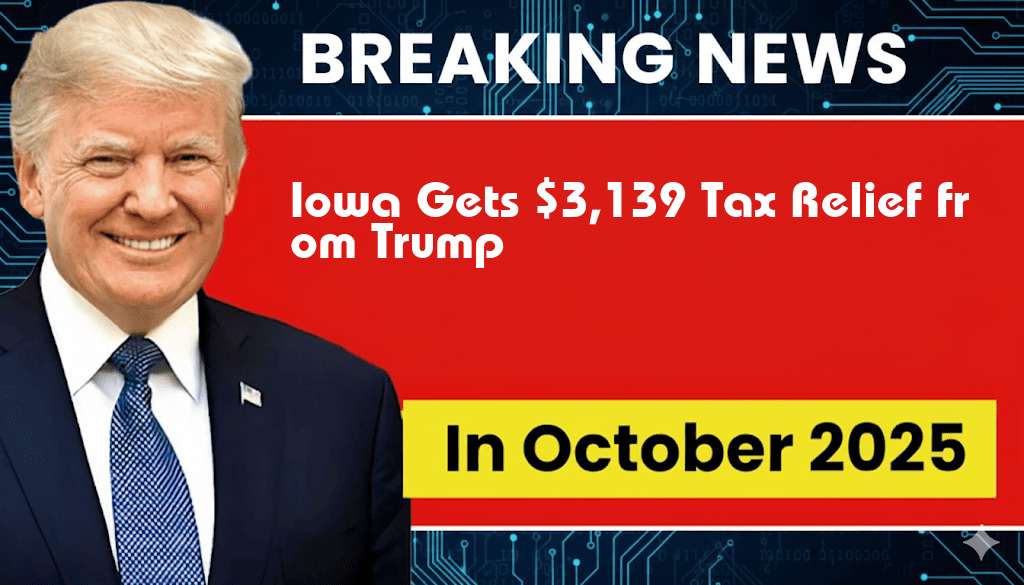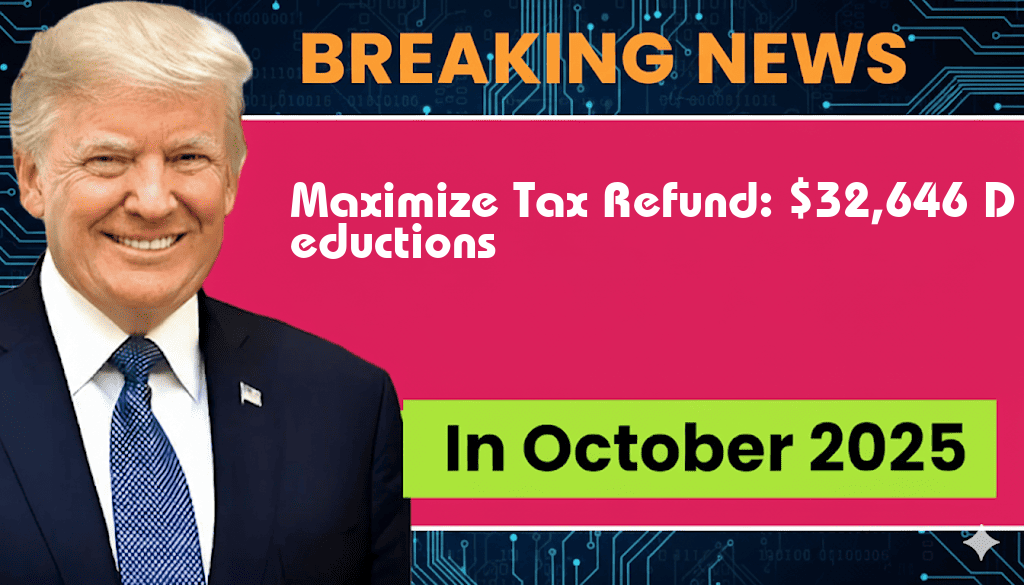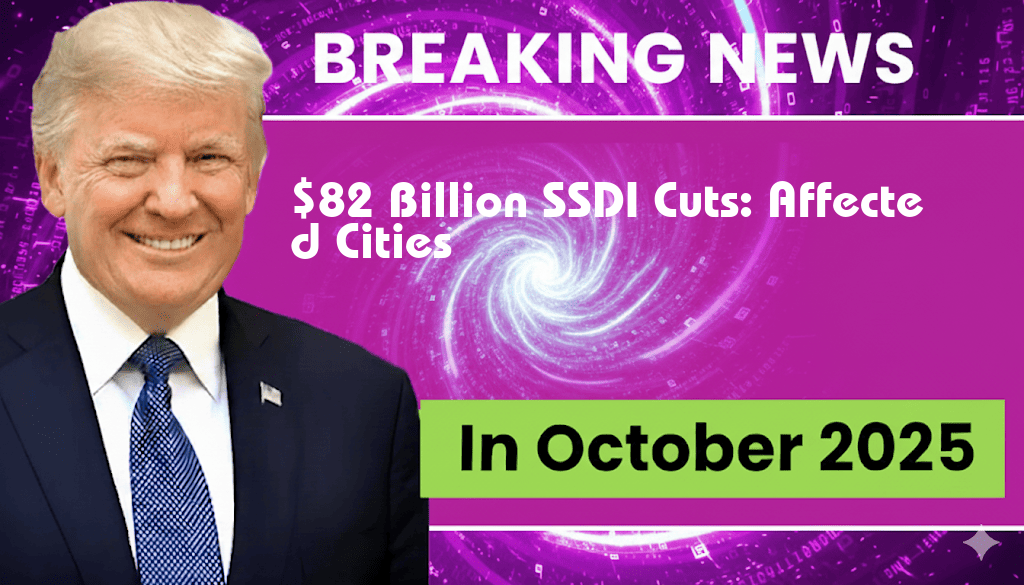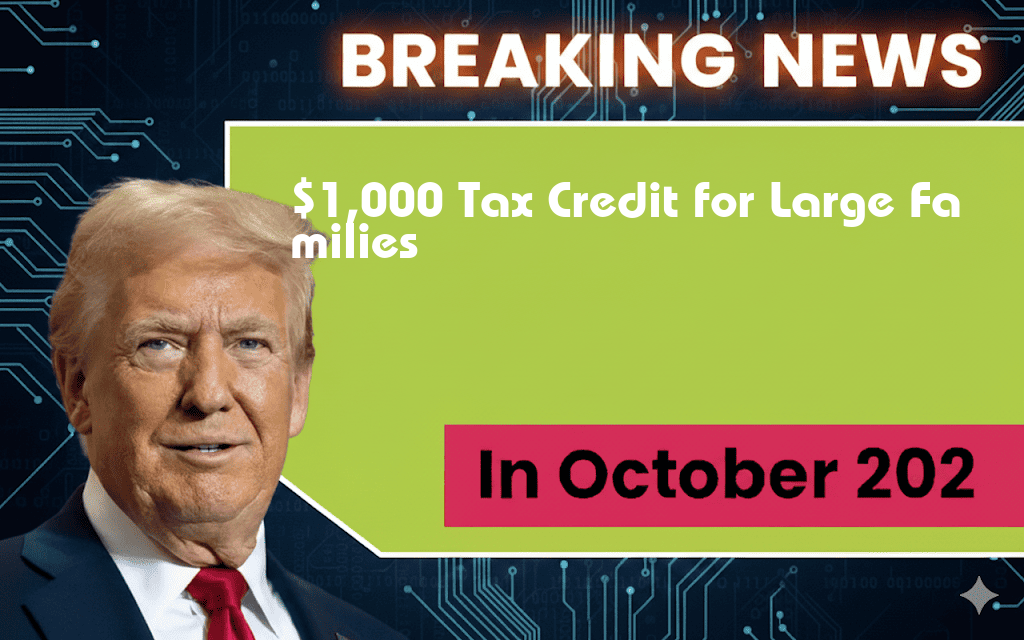

Iowa to Receive $3,139 in Tax Relief from Trump’s Tax Plan
Iowa residents are set to benefit significantly from the recent implementation of tax relief measures included in former President Donald Trump’s tax plan. According to the latest reports, each taxpayer in Iowa is expected to receive an average of $3,139 in tax relief, a move that aims to stimulate the local economy and provide additional financial support to families and individuals. This tax relief comes at a crucial time as many Iowans navigate the ongoing economic recovery following the disruptions caused by the COVID-19 pandemic.
Details of the Tax Relief Package
The tax relief package is part of a broader initiative that seeks to reduce the overall tax burden on American families and businesses. The plan primarily focuses on lowering income tax rates, expanding standard deductions, and eliminating certain taxes altogether. Here’s a breakdown of the key components:
- Lower Income Tax Rates: The plan reduces the tax rates across various income brackets, meaning that individuals and families will keep more of their earnings.
- Increased Standard Deductions: The standard deduction has been raised, allowing taxpayers to deduct a larger portion of their income from their taxable income.
- Child Tax Credit Expansion: Families with children will see an increase in the child tax credit, providing further financial relief.
Impact on Iowan Families
The anticipated tax relief is expected to have a profound impact on Iowan families, particularly those who have struggled financially during the pandemic. According to the Iowa Department of Revenue, the relief will not only help families manage their day-to-day expenses but will also encourage spending within the local economy.
Many Iowans are already expressing optimism about the impending relief. Local resident Sarah Thompson stated, “This tax relief will help us pay off some debts and maybe even save for a family vacation. It’s a much-needed boost for our household.” Such sentiments reflect a broader hope that these measures will lead to increased consumer confidence and spending.
Economic Implications
The tax relief is also expected to have broader economic implications for the state of Iowa. By increasing disposable income for residents, the plan aims to stimulate economic growth and encourage businesses to invest and expand. Economic analysts predict that this influx of cash could lead to job creation and increased investment in local infrastructure.
The Iowa Economic Development Authority (IEDA) has indicated that the tax relief could result in a significant uptick in economic activity, with potential growth in sectors such as retail, hospitality, and services. A recent report from the Forbes Advisor highlights similar trends across other states implementing similar tax relief measures.
Political Responses
The tax relief initiative has received mixed reactions from political leaders across Iowa. Supporters argue that the plan will benefit hard-working families and promote economic stability. However, critics warn that such tax cuts may lead to budget deficits that could affect funding for essential public services.
- Supporters: Advocates for the tax cuts assert that they are crucial for economic recovery and empower individuals.
- Critics: Opponents argue that the loss of tax revenue could strain state budgets and lead to cuts in vital services.
Looking Ahead
As implementation of the tax relief package begins, state officials are urging residents to remain informed about the changes and how they can maximize their benefits. The Iowa Department of Revenue will be hosting informational sessions to help taxpayers navigate the new tax landscape.
In addition, residents are encouraged to consult with financial advisors to understand how the changes will impact their personal finances. For more information about the tax plan, residents can visit the Wikipedia page on the Tax Cuts and Jobs Act, which provides an overview of the legislation and its provisions.
Conclusion
The upcoming tax relief in Iowa, amounting to an average of $3,139 per taxpayer, represents a pivotal moment in the state’s economic recovery efforts. While the benefits to families and the local economy are anticipated to be significant, ongoing discussions regarding the long-term implications of such tax cuts continue to unfold. As the state prepares for these changes, the focus remains on maximizing benefits for all Iowans.
Frequently Asked Questions
What is the amount of tax relief Iowa will receive from Trump’s tax plan?
Iowa is set to receive $3,139 in tax relief as a result of Trump’s tax plan.
How does Trump’s tax plan affect taxpayers in Iowa?
The tax plan implemented by Trump is designed to provide financial relief to taxpayers, including those in Iowa, by reducing their overall tax burden.
When was Trump’s tax plan enacted?
Trump’s tax plan was enacted in 2017, aiming to simplify the tax code and lower tax rates for individuals and businesses.
Are there specific groups in Iowa that will benefit more from this tax relief?
While all taxpayers in Iowa will see some benefit, middle-income families and small businesses may experience the most significant advantages from the tax relief.
What should I do if I have more questions about my tax relief?
If you have further inquiries regarding your tax relief or how the tax plan affects you, it’s advisable to consult with a tax professional or visit the Iowa Department of Revenue website for more information.





